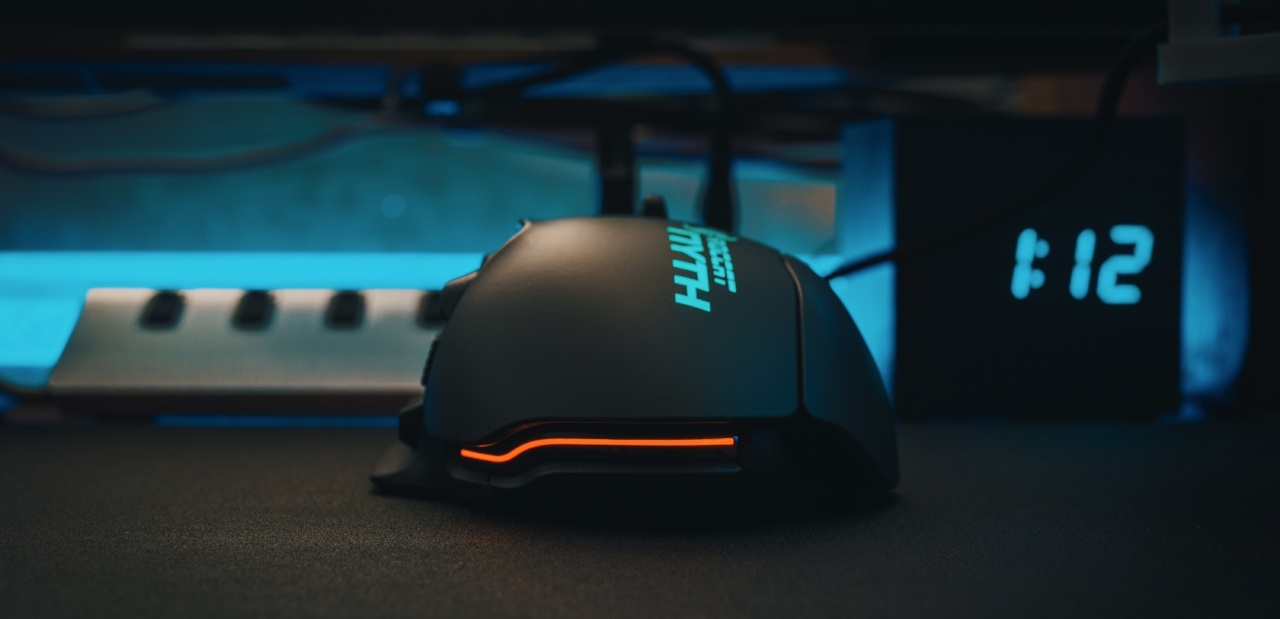Migraines are debilitating headaches characterized by moderate to severe throbbing pain, often accompanied by nausea, vomiting, and sensitivity to light and sound.
They can last for hours or even days, leaving individuals unable to carry out their daily activities. While the exact causes of migraines are still not fully understood, recent research suggests that our internal biological clock, also known as the circadian rhythm, may play a significant role in triggering these episodes.
What is the Internal Clock?
The internal clock refers to the natural, built-in timekeeping system that exists within our bodies, regulating various physiological processes. It helps us synchronize our behavior, metabolism, and other bodily functions with the 24-hour day.
This clock is primarily governed by an area in the brain called the suprachiasmatic nucleus (SCN), and it is influenced by external cues such as light and social interactions.
The Circadian Rhythm and Migraines
Research suggests a strong association between the circadian rhythm and migraine attacks. Many individuals who suffer from migraines often report specific patterns in their episodes, indicating a link to their internal clock.
These patterns include migraines that occur at specific times of the day, such as awakening or evening hours. Additionally, disruptions to the sleep-wake cycle, such as jet lag or irregular sleep patterns, can trigger migraines in susceptible individuals.
Disturbances in Sleep and Migraines
Sleep disorders, such as insomnia, sleep apnea, and restless leg syndrome, are commonly observed in individuals with migraines. The relationship between sleep and migraines is intricate and bidirectional.
On one hand, sleep disturbances can trigger migraines, while on the other hand, migraines can disrupt sleep, creating a vicious cycle.
The Role of Melatonin
Melatonin is a hormone released by the pineal gland in the brain, primarily in response to darkness. It helps regulate the sleep-wake cycle and influences various physiological processes, including pain perception.
In individuals prone to migraines, abnormalities in melatonin levels have been observed, potentially contributing to the pathogenesis of migraines and their association with the internal clock.
Stress and Migraines
Stress is a known trigger for migraines, and it also affects our internal clock. When we experience stress, our bodies release stress hormones, such as cortisol, which can disrupt our circadian rhythm.
This disruption can, in turn, contribute to the triggering of migraines and make individuals more susceptible to their occurrence.
The Role of Light
Light is one of the most potent external cues that influence our internal clock. Exposure to bright light in the morning helps synchronize our internal clock, promoting wakefulness and alertness.
However, sensitivity to light, known as photophobia, is a common symptom of migraines. Bright light can trigger migraines and worsen their symptoms in individuals already experiencing an episode.
Migraines and Shift Work
Shift work, which involves working non-traditional hours such as nights or rotating shifts, can disrupt the circadian rhythm.
Studies have shown that individuals who work irregular hours are more prone to migraines compared to those with regular daytime schedules. This further supports the connection between the internal clock and migraines.
Treatment Approaches Targeting the Internal Clock
Recognizing the role of the internal clock in migraines opens up new possibilities for treatment approaches.
Chronotherapy, a treatment method that relies on the timing of medication administration based on the individual’s circadian rhythm, has shown promising results in some patients. Ensuring regular sleep patterns and promoting healthy sleep hygiene practices can also help regulate the internal clock and reduce migraine occurrences.
Conclusion
While migraines remain a complex and multifactorial condition, understanding the role of our internal clock in triggering these episodes sheds light on potential new avenues for treatment and prevention.
Recognizing the influence of the circadian rhythm, sleep disturbances, melatonin, stress, light exposure, and shift work can help individuals suffering from migraines manage their condition more effectively, ultimately improving their quality of life.






























